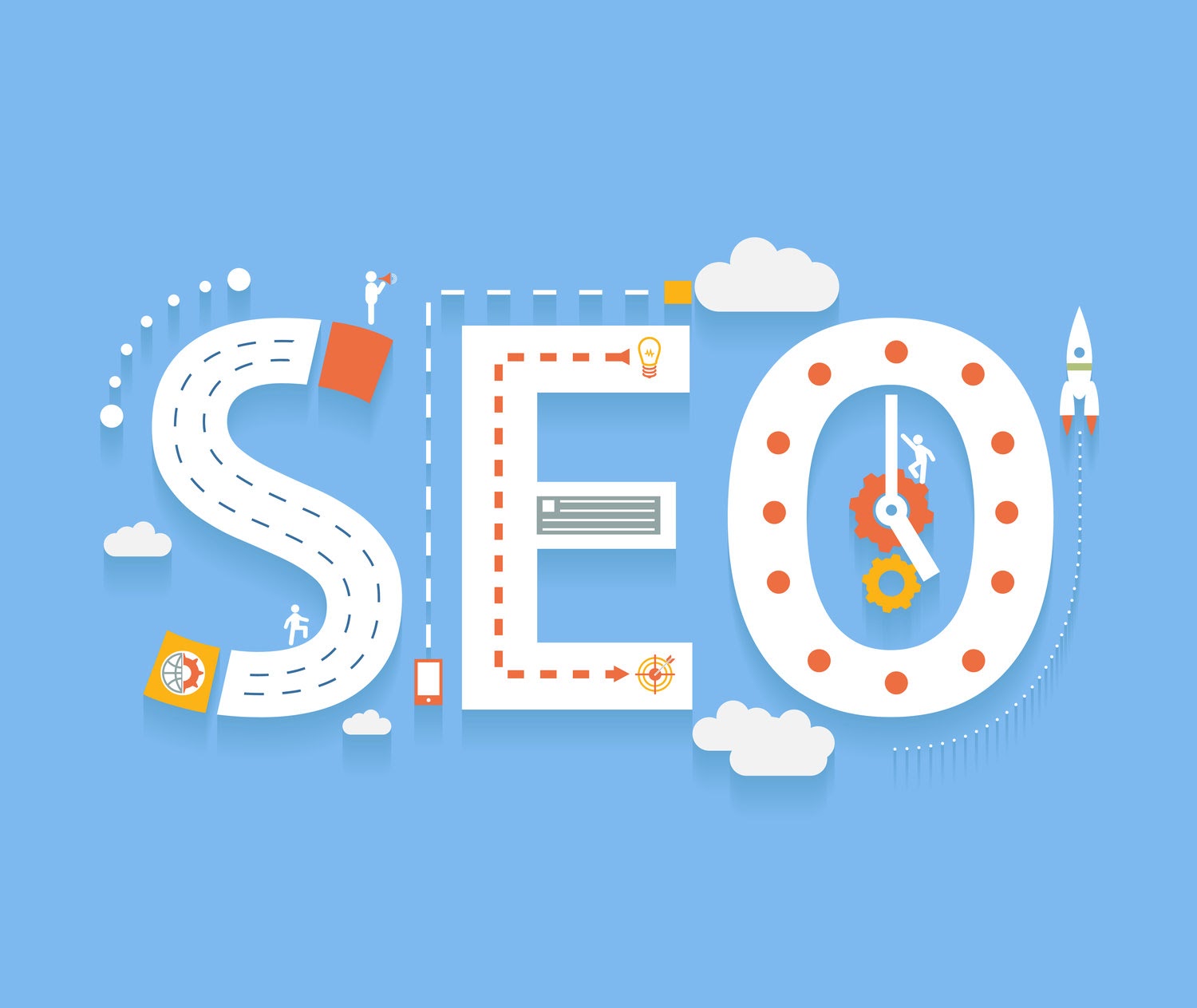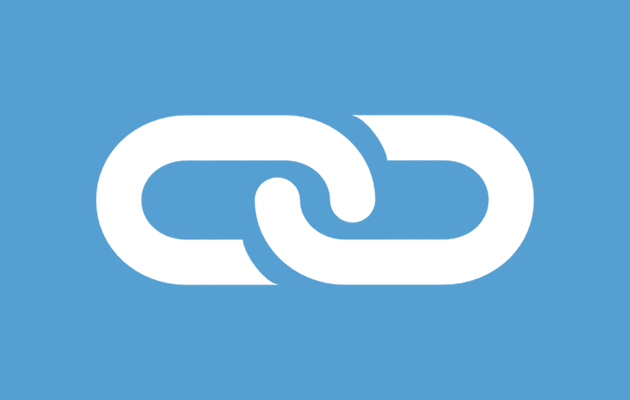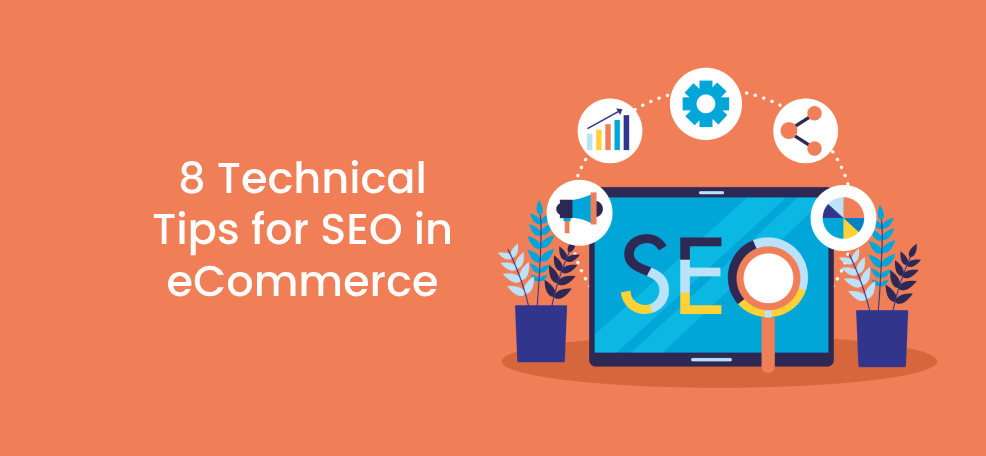When designing eCommerce websites for clients, you already know that SEO is a crucial factor.
The advantages of an online store SEO promotion as the first digital channel for attracting customers:
- This channel does not require a massive infusion of money in the long run in comparison with contextual advertising.
- In some niches, competitors are investing more money in PPC advertising than in an SEO company. This makes it easier to reach the TOP of a search and each client attracted through this channel will be cheaper.

Checking positions
SE Ranking checks site positions in the most popular search engines while allowing you to select one or several regions. Depending on the selected tariff plan, you can simultaneously track information in several substations and regions at once.
By adding keywords to track data, you can group them into folders, sort them by various parameters, and delete duplicates right on upload.
Pay attention to automatic link building services for eCommerce sites

Link building is a great way to drive organic traffic and improve website rankings. In this environment, link building is necessary. Some people provide services in this area, so the fastest and easiest way to build links for your site will be outsourcing.
Have someone else handle the hard work while you are busy with other processes. You can do branding, promote ads, or participate in social media discussions, and link building can be done by a seasoned professional.
Optimize your most important pages

If you decide to do your online store website SEO-promotion, start with the most important pages: the main page, product cards, category pages, and blog posts. Most people see them, and engagement largely depends on them.
Here are some tips for optimizing these pages:
-
Searchable URLs
Use simple, straightforward URLs that both people and search engines will read. Avoid numbers, rare symbols, and meaningless letter combinations.
-
Optimizing product pages
The promotion of product pages of an online store includes several stages.
- Work on a meaningful description no longer than 1000 words for each product. It is worth mentioning its size, functions, and colors, providing customer reviews and answers to frequently asked questions.
- Out of stock pages. Even if a 404 page doesn’t annoy visitors, search engines still don’t like broken links. Therefore, leave the page as is, indicating that the item is out of stock. You can mention other similar products and set up an email notification when a product is on sale.
- Snippets. Use relevant information: stock availability, reviews, ratings, store addresses, and more.
-
Optimizing categories
Links to related products. Some products have a common theme, and it is better to link to them. For example, if you sell helmets, you should provide links to gloves or boots: all these are personal protective equipment.
Analysis of link promotion strategies for competitors’ online stores

Competitor analysis is one of the most obvious ways to find effective link building strategies to get you started quickly.
Take the top 10 search results for your main keyword for analysis. The list found sites in an Excel spreadsheet.
Then use an Ahrefs ‘analysis to find all of your competitors’ backlinks.
Good read: 4 Best Marketing and SEO Tools to Crush Your Goals
-
Don’t forget about strategic internal links
Internal links take visitors from one page of your site to another, and the more clicks a page gets, the higher the link mass and the better for SEO.
-
Links to priority pages
Place links to main categories or products/services in the navigation bar or footer. Add these links to the most popular posts on your blog.
-
Breadcrumbs
The breadcrumb is the sequence of pages from the home page to the one the visitor is currently viewing. Usually, the breadcrumbs are located at the top of the page.
-
Links to related products
Add a section where you recommend related products to customers. This method not only helps to get backlinks but also increases sales. But don’t overdo it: there shouldn’t be too many links.
Visibility & site structure

Remember: you are creating an online store for customers. Hold every single client accountable and make the site as user-friendly as possible: you don’t want them to open it and close it right away/
An online store’s structure is an important component of successful comprehensive promotion of an eCommerce project.
When compiling the site’s structure, the principles of thematic classification of information (the transition from general concepts to more specific ones), search queries on the topic, and the convenience of the user when searching for the necessary information are taken into account.
Since the thematic classification for finding the right products is inconvenient in some topics, the site may have different ways of classifying and structuring the same products so that the user finds them faster.
In this case, one of the classifiers can be the main one, and the rest are auxiliary. Drawing up a site structure is a laborious and time-consuming process of processing information about a business, subsequent structuring, and visualization.
It should be easy for buyers to navigate from page to page:
- Design clear navigation that is easy to scan. Use the language and behaviors of your target audience.
- Place the search bar in a prominent place. Enter search hints and typo corrections.
- Simplify the purchase and payment process as much as possible. The fewer steps, the better.
- Use live chat. It not only lowers the bounce rate but also enables direct sales.
- Finally, place your contact information in a prominent place (usually in the header) so that it’s easy for buyers to reach you.
-
Page loading speed
When ranking, Google takes into account the speed of website loading: usually people don’t like to wait. Here are some tips:
- Reduce file size. Compress pictures, videos, and other content.
- Use fast hosting. Whenever possible, use rates that load faster.
- Use Content Delivery Networks (CDNs). It improves loading speed as well as website security.
Good read: 7 Canons of Optimizing Your Website’s Speed and Performance
Optimize page load time
Perhaps, it’s one of the most pervasive technical issues an optimizer can face. It is also quite often overlooked and rarely considered, because of the significant cost of many solutions.
Page load speed can be affected by simple things such as large image sizes, too many HTTP requests, and multiple DNS requests, as well as poorly configured servers, inefficient or poorly managed code.
A complete redesign of the site, platform changes, and moving subdomains and servers can significantly improve page loading speed.
And each of these steps entails a series of major, technical changes.
A blog is a must
First and foremost, some blog statistics:
- Blogs are popular, and that popularity continues to grow.
- 77% of Internet users read blogs.
- Businesses actively blogging have 97% more inbound links.
- 60% of users consider companies with blogs to be more reliable and trustworthy.
The list goes on. To succeed in e-commerce, a blog is essential: it helps keep your site up to date, reduce bounce rates, generate backlinks, improve your brand image, increase authority in your niche, and help your business grow in general.
Here are some guidelines for blogging:
- Regularly post high-quality content handcrafted by you: manuals, interviews, instructions, ideas, interesting facts, and posts on popular topics.
- Invite influencers in your niche to write posts for you.
- Be original, helpful, relevant, and informative.
- For better engagement, allow commenting.
- Come up with headlines that will appeal to both people and search engines.
- Make your content more readable with visuals, subtitles, and lists.
- Allow sharing and like your content on social networks. Make it easier for readers to distribute your content.
- Use keywords in your posts and the language your target audience speaks.
- Advertise your blog wherever you can.
-
Write guest posts on other people’s blogs
Refer to well-known blogs in your niche to increase visibility and get outbound links to your online store or landing page.
Hreflang implementation
This aspect concerns everyone who has entered the international level. In fact, hreflang is not easy to implement and is often misimplemented. People forget about self-references, use incorrect or incomplete code, skip just one territory from a list, don’t include all versions of a page, or simply forget to check their implementation regularly.
Any of these mistakes can negate all the work done, and leave you with duplicate content and rapidly falling ratings.
Conclusion
You should study technical specifications, get professional recommendations, and. follow these simple technical steps if you want to succeed in eCommerce and avoid unnecessary drudgery.




